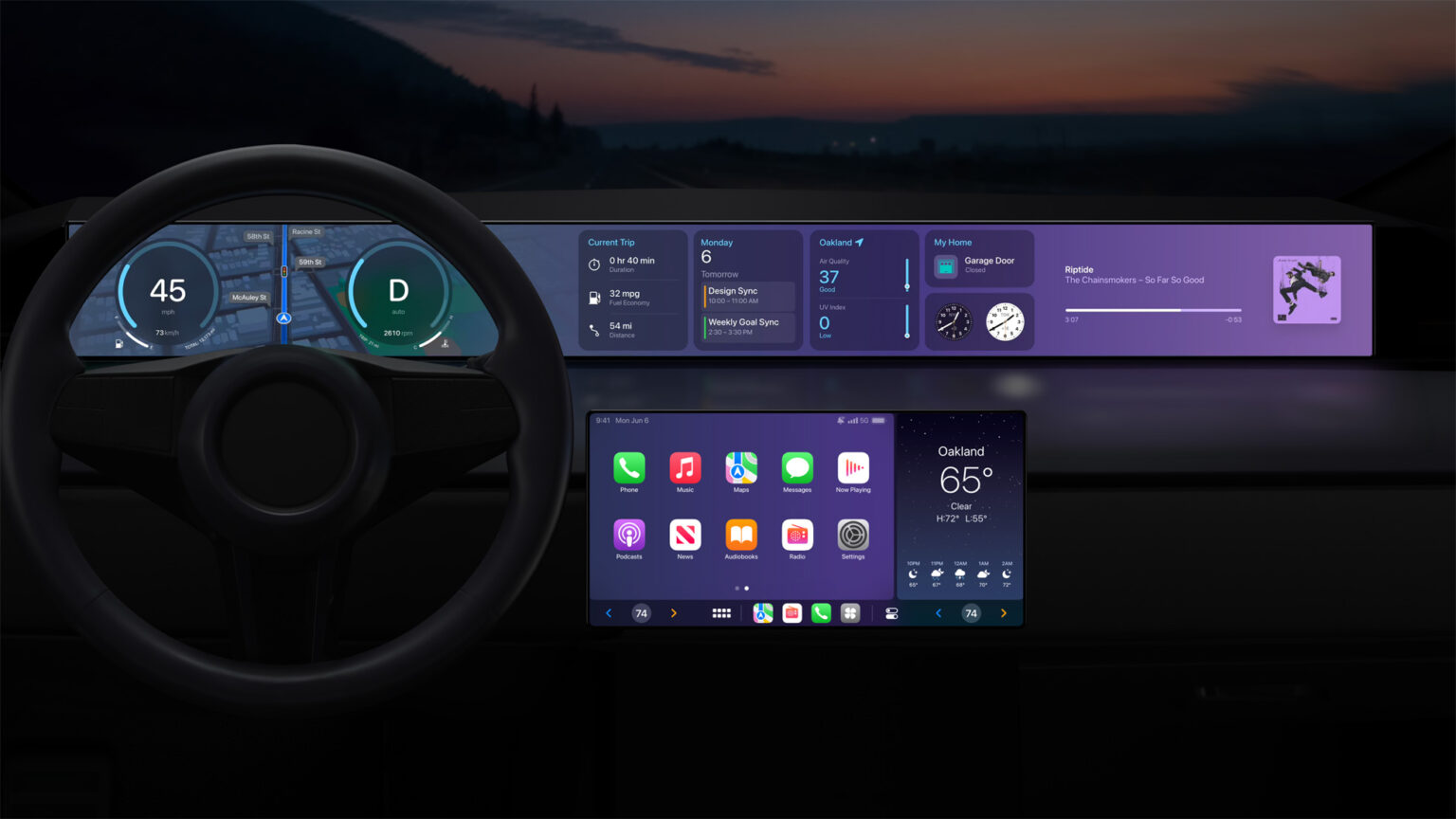
Inside Apple Car’s Super Ambitious Design Journey
With Apple’s ambitious self-driving electric car project officially dead in the water, we now have some more details on the car design, according to sources speaking to Bloomberg’s Mark Gurman.
The initial design was to look like the EV startup Canoo’s lifestyle vehicle from 2020, a futuristic van with rounded edges. Windows were said to be dark black with an adjustable tint, to go with an all-glass room, plus pure white exterior, to go with tires that would have a whitewall with black centre.
The design was to be symmetrical, to make an illusion of the car always driving forward, while also include Level 5 self-driving, which requires zero input from the driver whatsoever.
The interior was said to be a minimalist interface, similar to private jets or limos, and seat up to four people. The seats would allow adjustability to become chairs, recliners or footrests, while the cabin was said to fee like a “contoured bubble”.
As for tech features, a large central TV would be inside for FaceTime and other videos, to go with ideas like iPad-sized displays hanging down from the ceiling for controlling the car. The air conditioning system would be along cabin sides like high-end airplanes.
The first Apple car design was nicknamed “Bread Loaf”, similar to a modern 1950s Volkswagen microbus, dreamed up by the company’s lead designer Jony Ive at the time. The second design iteration looked like the 2017 Volkswagen ID.Buzz prototype, before the latter was unveiled. This was likely because some Apple car employees left the company to work for Volkswagen around the time.
The third version kept the same design but had a wedge-shaped front. The fourth version was like Canoo’s EV, which saw the project revitalized in 2020.
CEO Tim Cook and executive Jeff Williams were impressed with the Canoo design and were ready to commit to further development.
The final design would have gull-wing doors, similar to the Falcon Wing doors on a Tesla Model X. The front and back design would have pinched curves and minimal room for windows, while the car would add back a steering wheel, pedals, plus front and back windows, to go with two front-facing seats that could swivel, as Apple ultimately decided to try Level 2 autonomy, instead of ambitious Level 5 (which has yet to be solved by any automaker).
Building a prototype is easy, but mass production is hard. Apple had some lofty ambitions but ultimately it seems its attempt at solving Level 5 autonomy plus trying to design its first car was just too much at once. Hopefully Apple gets back into the EV game at some point–maybe it could swoop in and acquire Rivian? The latter’s R2, R3 and R3X will push the EV startup to the brink as it tries to enter and survive mass production hell.


